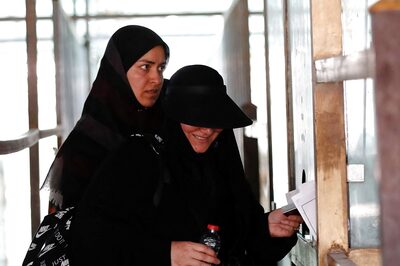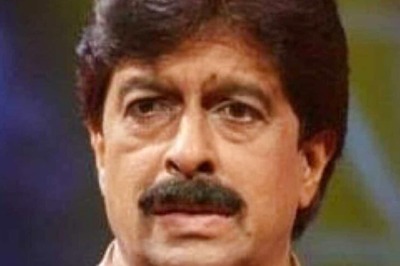
views
Are you wondering what happens to the worthless bits of coloured, rectangular pieces of paper after you turn them in at a bank branch? So are we. We asked some economists and bankers, and surprisingly, the answer is not as straightforward as you think.
Soiled and torn bank notes have always been turned in to the Reserve Bank of India for exchange in the past. But the scale of the notes withdrawn this time is of an entirely different magnitude and that’s what makes it unprecedented.
No one really has a clear idea of what can be done with the notes. In other words, it’s a grey area.
“There is no precedence of withdrawing banknotes via demonetisation of this scale in India before,” N.R. Bhanumurthy, an economist with the National Institute of Public Finance and Policy told News18. “It is a legal grey area and the RBI board may have to take a call on what to do with the notes,” he added.
A former official associated with the Reserve Bank of India at a high level said that notes used to be incinerated, but now they are shredded. The shredding takes place in the regional offices of the RBI. Burning was discontinued by the RBI to prevent polluting the atmosphere.
The RBI is headquartered in Mumbai and has offices in 31 locations across India. Notes can be returned at any of these centres and are probably destroyed there itself.
However, the sheer volume of bank notes that will be returned probably makes a local operation meaningless. The 500 and 1,000 rupee banknotes comprised approximately 85 percent of the total liquidity in the economy. Hence, the RBI will have to take a decision on what to do with the notes.




















Comments
0 comment